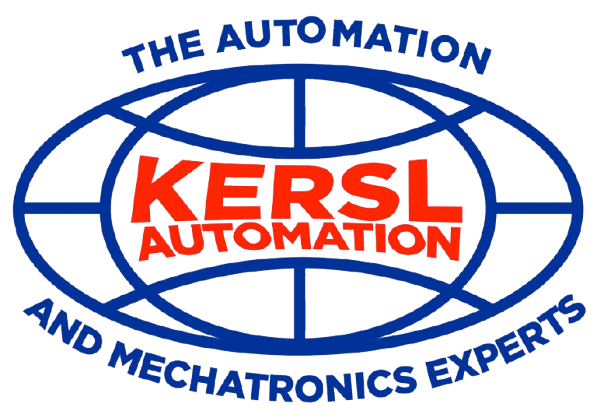Industrial Electricity II
Curriculum
- Identify contactors and overloads for various applications
- Be able to wire a direct-on-line starter and connect an AC motor to it.
- Be able wire a three-phase reversing starter and connect the starter to a motor.
- Be able to wire a sequence starting circuit.
- Be able to wire a fully automatic star-delta starter.
- Be able to wire a fully automatic auto-transformer starter.
- Be able to connect a single-phase motor to reversing contactors.
- Be able to connect a DC motor and starter.
- Be able to connect a ward-Leonard speed control system
- Be able to connect a liquid resistance starter to a slip-ring motor.
- Understand how to troubleshoot in a safe environment (i.e., understanding safety rules).
- Understand how to read schematic and wiring diagrams while troubleshooting the circuit
- Understand how the Electrical Systems Testing Device (ESTD) works.
- Understand how to perform troubleshooting activities just like on a real equipment
